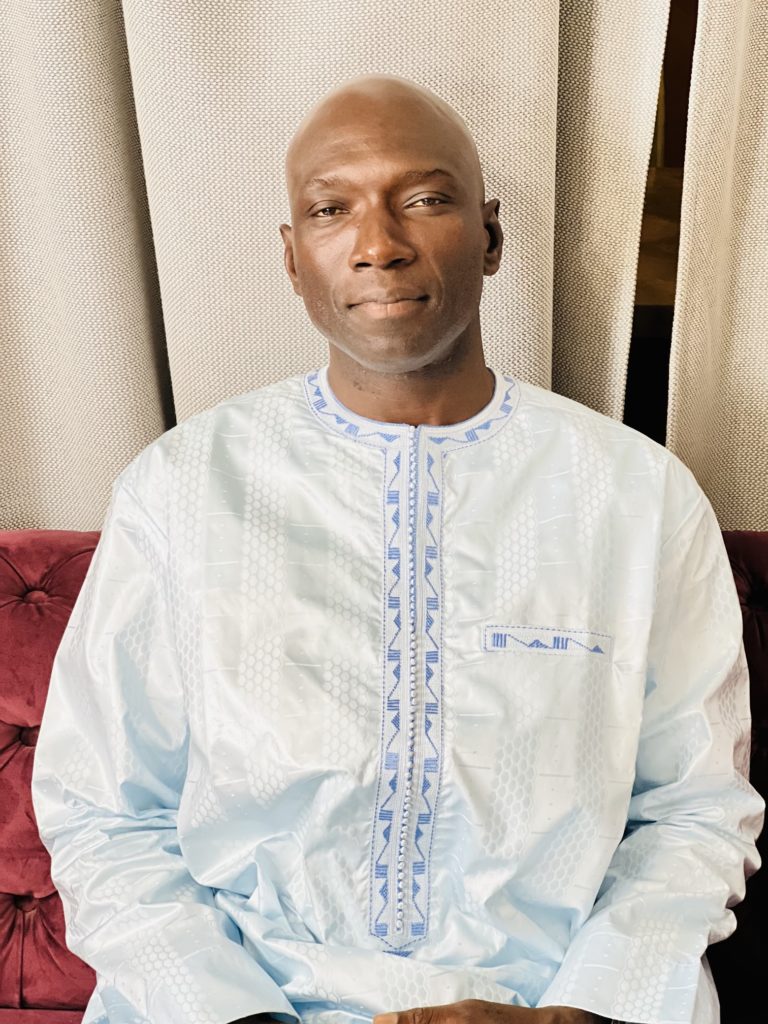Asset Recycling or Asset Mismanagement?

Dr. Ousman Gagigo, Former ADB Official
Dr. Ousman Gajigo
One of the biggest economic news is the “asset recycling”agreement of the Senegambia Bridge that the Barrow administration signed with Africa50. This has now become acontroversial project and people are rightly justified in raising questions about it. Substantive public discussions of government actions and policies require appropriate disclosures on the part of the government. Adequate public consultation and sharing of relevant details have been lacking in this particular caseunfortunately. There was no government effort to educate the public about how this particular transaction is being done. It seems that even the National Assembly members have been as inadequately informed about it as the general public.
So what is “asset recycling” without using too much jargon. A typical infrastructure such as a road or a bridge or a power plant requires significant upfront invest to build but its benefits to users or owners is spread over a long time period (typically decades). Asset recycling essentially entails valuing that assets in some lump-sum upfront amount so that the government can use the proceeds to fund another infrastructure project. A private entity is usually involved because that entity would have to provide that lump-sum amount and then an arrangement would be agreed upon as to how the private entity would earn its returns. It is a form of public private partnership. Those arrangements usually come about because the government wants something (e.g. finance, expertise, etc.) that the private sector has, while the latter has an investment opportunity through which it can earn returns on investments.
In the Senegambia Bridge case, a new company created just for this purpose (known in finance jargon as a Special Purpose Vehicle – SPV) will have control over the bridge’s toll collections, as well as its operations and maintenance. This new company will be majority-owned by Africa50, with the government retaining a minority stake. What exact powers this new company will have to increase the toll so as to meet their desired returns and other aspects of operating the bridge can only be known if the government releases the details of the concession agreement that they have signed with Africa50. Until the concession agreement is made public, a complete assessment on this transaction will be difficult. But given that the citizens have a right to know, and the agreement is already signed, no one can be blamed for mischaracterizing it.
There are a couple of points worth highlighting. First, how do you value the infrastructure in asset recycling, which is the bridge in our case? The most transparent process would involve an open bidding to arrive at the appropriate, market value of the asset in question. This did not happen in the case of the Senegambia Bridge. So the next question this leads is what kind of negotiation happened between The Gambia government and Africa50. Since the government did not provide any details about the negotiation and who represented the country at the negotiating table, we cannot be confident that the US$ 100 million is the best deal we can get from the transaction. After all, the Barrow government has a poor track record in commercial negotiations. The most recent example is the Securiport deal, which has cost us money and will continue to do so.
In general, almost all governments are poorly equipped when negotiating commercial agreements with the private sector. While the government has lawyers at the Attorney General Chambers and they may be quite competent, they are often generalists who have to deal with a wide variety of legal issues. Commercial contracts and negotiations often demand highly specialized expertise that requires using the services of specific private law firms. Private companies involved in commercial transactions are acutely aware of this and never fail to do so. After all, being in the private sector means often facing the direct consequences of your actions through your balance sheet. Many government officials are often not aware of the need toseek expert legal advice, which is often highly specialized and erroneously assume that a commercial negotiation is just another set of endless government meetings. The general public, often unaware of the transaction in the first place, is left to pay the cost of that lack of government due diligence.
The government could have done a lot more to allow the general public to have a substantive discussion on the appropriateness of the US $ 100 million valuation of the Senegambia bridge. This would necessitate the government to not only reveal how much the Senegambia bridge is bringing in tolls on a monthly basis but also current and projected traffic data on the bridge since its formal opening. After all, the traffic on the bridge is the single most important parameter that determines the toll collected, which in terms determines the economic value of the bridge. With the knowledge of the annual toll value, it becomes a lot easier to estimate how quickly Africa50 will reach its target of 15% internal rate of return (IRR).
The concession agreement should also tell us what different scenarios have been forecasted for traffic projections and their implications for toll revenue. Here are several key questions:What happens in a scenario where toll revenues increase far above baseline projections due to higher-than expected traffic? How will excess returns be shared after Africa50 achieves its target IRR? What about the scenario where traffic falls lower than expected and toll revenue are not sufficient to enable Africa50 to reach its target IRR of 15%? Will the government have to pay Africa50 from its general revenues? As long as this is non-zero possibility, it is a contingent liability despite the government claiming that this is an “off-balance sheet” transaction. Having taken an upfront US$100 million from the Africa50, you can be rest assured that all these contingencies have been well thought through by this institution, which is being commercially run.
Another major issue that is lacking in the government account of this transaction is the ministers seem to have forgotten that there are two critical components to an asset recycling deal. The first part is that the government will supposedly receive a significant lump-sum amount of US$ 100 million. The second critical part – the importance of which the ministers seem to not fully grasp – is that to have any chance of this transaction being beneficial to the country in the long-run, the government must specify clearly how the US$ 100 million will be used. It is not sufficient to simply refer to some vague and unnamed infrastructure projects in the future. The lump-sum amount has to be ring-fenced to specific projects to ensure that there zero chance of government mis-use of it. This is because the temptation for a typical government to use to such funds to recurrent expenditures or debt repayment or other politically convenient projects is simply far too great. Any misuse of the US $100 million by the government will automatically and effectively turn the asset recycling deal into a typical government debt.
In a recent interview with the West Coast Radio, the Minister of Transport, Works and Infrastructure, Mr. Ebrima Sillah indicated that the government is in the process of creating an Infrastructure Fund. Unfortunately, the government is putting the cart before the house. The creation of an infrastructure fund or a special trust fund should have preceded this agreement. The current situation does not give any confidence that this particular asset recycling deal will work.
Finally, asset recycling of this nature is new to this government. But use of new or innovative financing structure require appropriate legal regulatory framework in place. There is simply no evidence that was done. Without these key necessary steps, one has little confidence that this process was well thought through.
The final point I would like to conclude with is a more general comment. Any time significant change such as control or ownership of major national asset is being effected, it is important that the public is duly informed. Appropriate disclosures concerning government actions and policies is one of the ways for the public to hold the government accountable. It also lends legitimacy to the process. The Barrow government has shown remarkable inability to understand this basic point.

